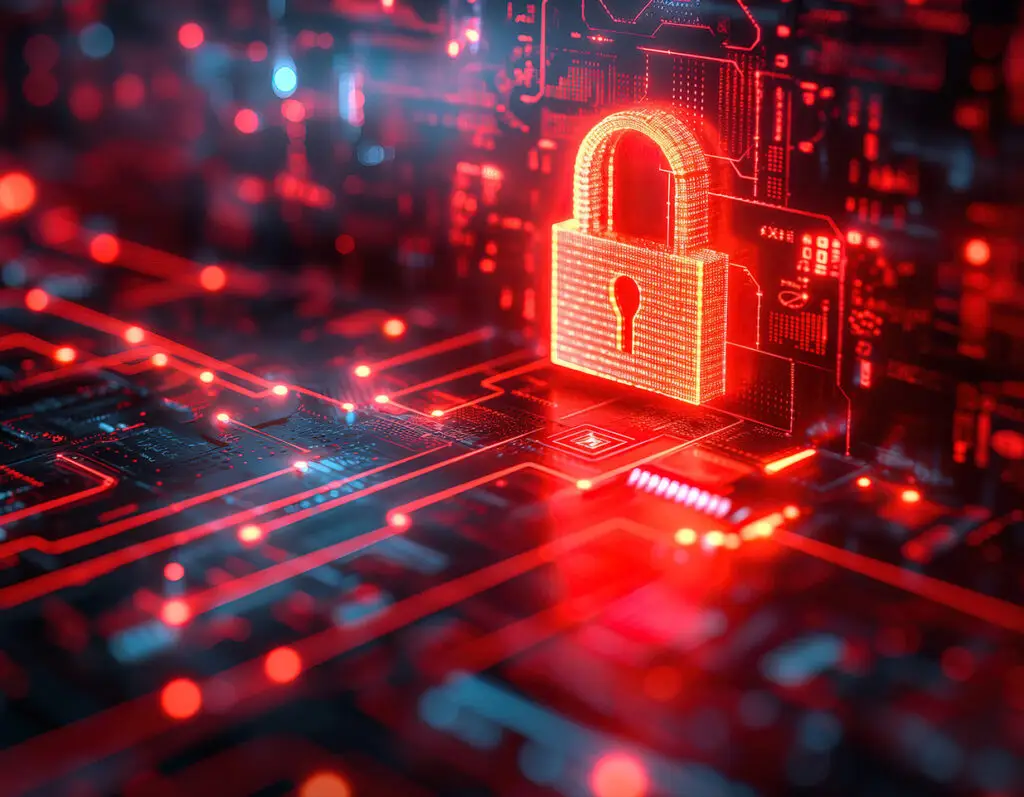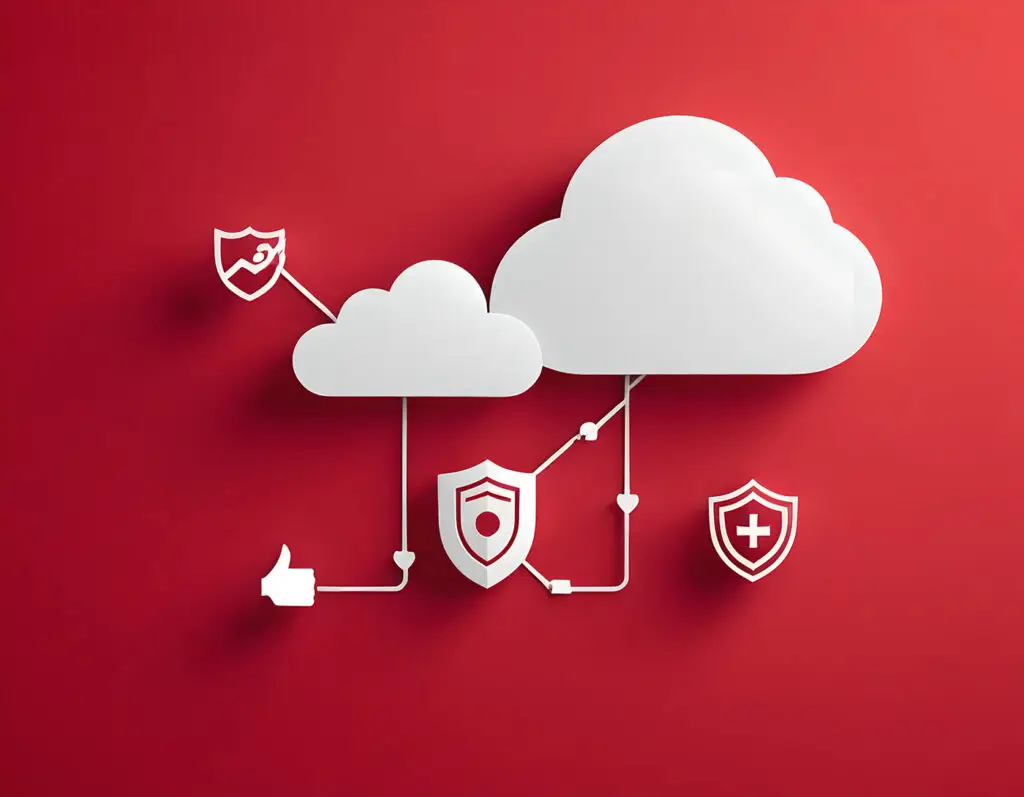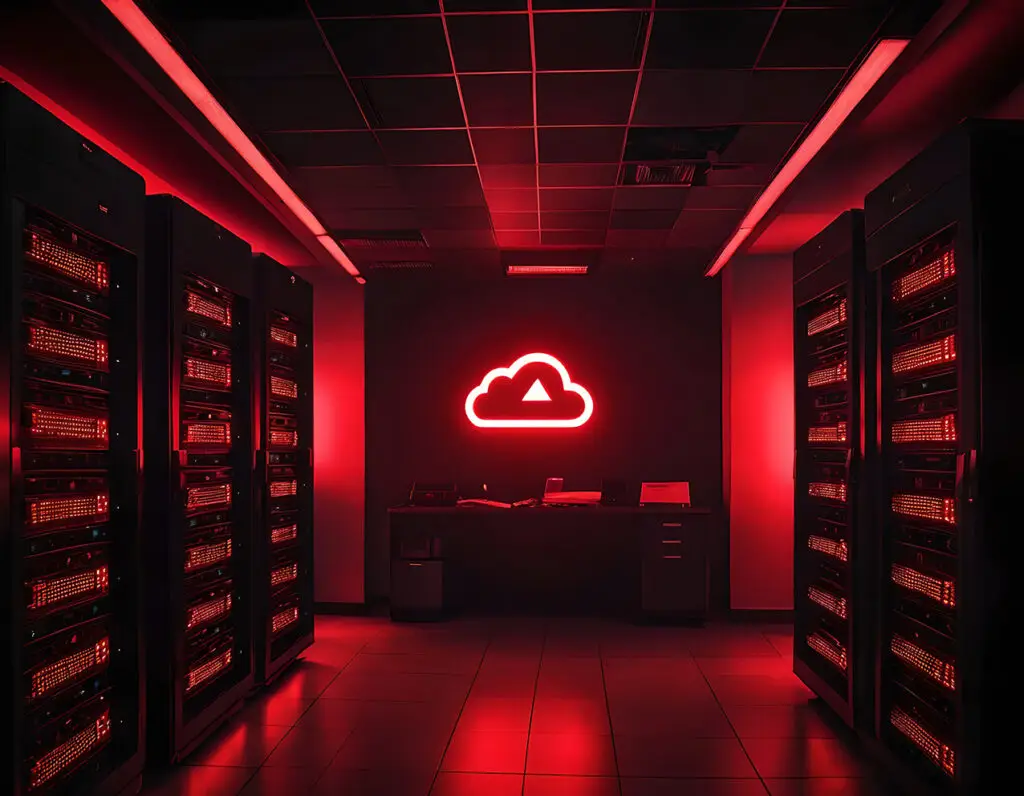Cyberattacks are a daily occurrence for companies today - the question is not if, but when you will be hit. According to a recent survey, almost 9 out of 10 companies have already been victims of cyberattacks. The damage runs into the billions and can threaten livelihoods. Many companies therefore take out cyber insurance to mitigate financial risks. However, insurers expect basic protective measures to be in place in return. What are the current challenges in the area of cyber security and what does this mean for cyber insurance? Below we provide an overview - understandable for decision-makers, but backed up with technical expertise.
Challenges at a glance:
- Increasing cyber threats and data loss: ransomware attacks and data theft are increasing rapidly. Attackers can paralyze entire systems and demand a ransom. Companies are faced with the challenge of keeping critical data available at all times. Missing or inadequate backups exacerbatethe problem - if you don't have up-to-date, isolated data backups, you risk total loss in an emergency. Cyber insurance companies therefore often require proof of regular backups and emergency plans. (We explain in detail why backups are so important in part 2 of this series).
- Human factor and awareness: A large proportion of security incidents are due to human error - e.g. when employees fall for phishing emails or use insecure passwords. Even the latest technology does not protect users who are careless. IT security awareness and regular staff training are therefore essential. However, promoting a culture of vigilance within the company is a constant challenge. (Find out how to make your employees the strongest line of defense in part 3).
- Distributed IT landscape and cloud risks: The IT infrastructure is becoming more complex - from the company server in its own data center to the cloud application and the home office workstation. Data flows across many locations and devices. Traditional security perimeters (everything within the company network is secure) no longer work here. Decision-makers are faced with the task of holistically protecting all endpoints, servers and cloud services, often with limited resources. (Part 4 of the series deals with the protection of servers and cloud environments).
- New security approaches (keyword Zero Trust): The distributed working world means that access must be rethought. Zero Trust is the motto: "Never trust, always verify." This requires investment in modern solutions, e.g. cloud-based security platforms, and a rethink of the network architecture. The introduction of such concepts can be technically and organizationally challenging. (We look at what zero-trust networking looks like with providers such as zScaler and Cloudflare One in Part 5).
- Monitoring, verification obligations and compliance: In an emergency, a company must be able to prove which protective measures were in place - and what exactly happened. However, many have not established comprehensive log management or monitoring. Security incidents remain undetected or cannot be clarified afterwards. For cyber insurance as well as regulatory compliance (e.g. GDPR, NIS2), however, logging and evaluation of events are essential. The challenge is to manage the flood of log data and use it sensibly. (Part 6 will show how effective log management as the basis for a SIEM can help).
Conclusion:
Companies face a variety of challenges in the area of cyber security - from technical measures such as backups and network segmentation to human factors such as raising employee awareness. Decision-makers need to find a holistic approach: Strengthening technology, processes and people together. Cyber insurance can provide a safety net, but only comes into effect in an emergency and only if the requirements are met. The best "insurance" is therefore preventive cyber security. In the coming parts of this blog series, we will highlight specific solutions for the challenges mentioned - in a practical and understandable way.



